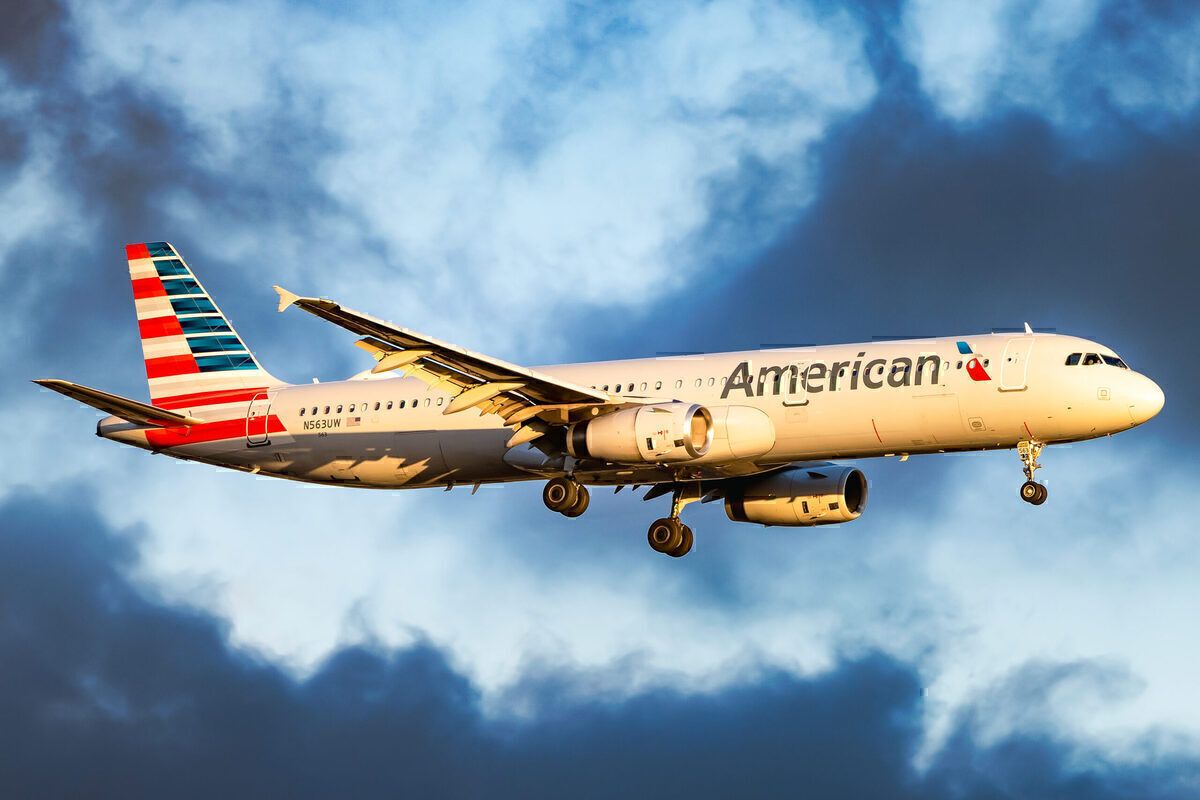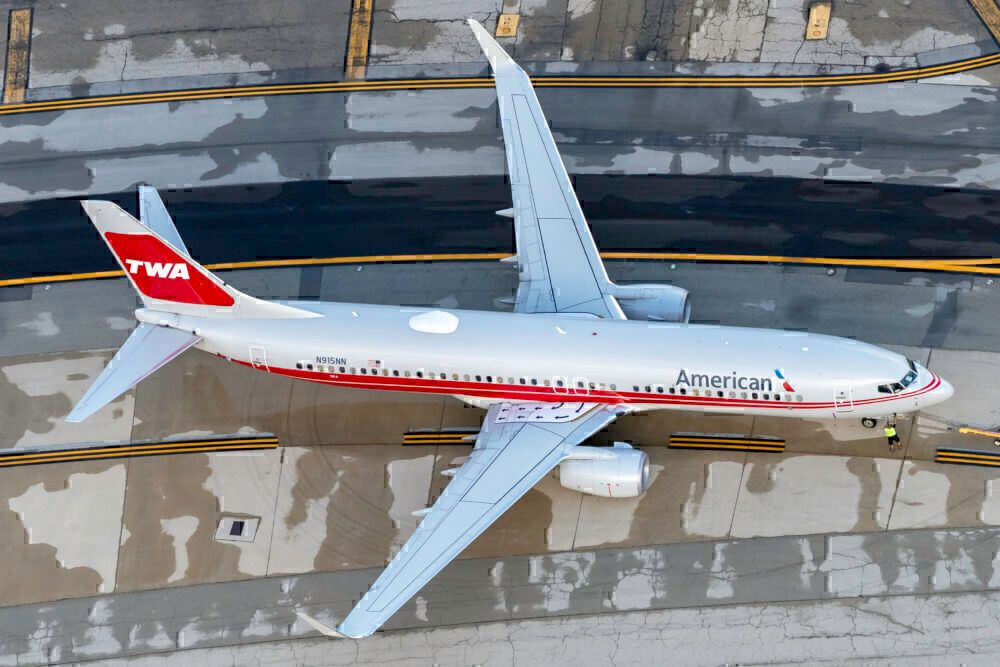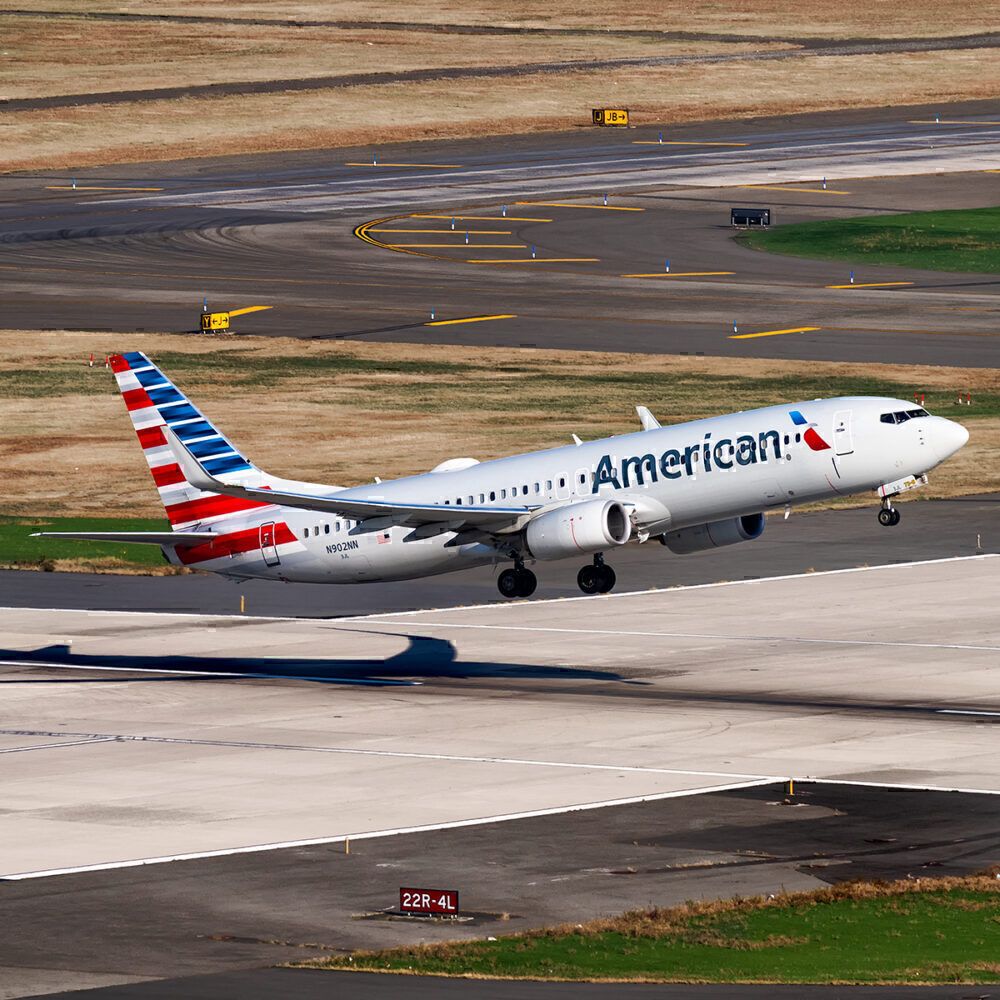American Airlines has pulled a lot of capacity from its network for the winter. Nevertheless, some flights are operating almost full. Managing Director Rhett Workman noted that, even though American notifies passengers when flights are approaching capacity, only 2% to 4% of people will choose to change to a different service.
Capacity down but load factors up
American Airlines has not had an easy time in 2020. Having ramped up capacity in June in a bid to capture some summer demand, the end of the CARES funding has seen capacity stripped back out of the network. 80,000 flights were axed in October, with 15 airports losing service from the airline. With no more aid, more routes could be under threat over the winter.
While total capacity is down 50% year on year, American Airlines is already seeing some full flights. Indeed, the airline’s Managing Director Rhett Workman noted that around one-third of all domestic passengers in the US are choosing to fly American Airlines. Speaking at this week’s Airlines 2050 conference, he said,
“Daily throughput through TSA security checkpoints across the country … are somewhere between 100,000 and a million on normal days. Of those 900 plus thousand going through TSA checkpoints every day, roughly one third of those customers are flying on American Airlines.”
Workman noted that it’s been difficult to balance capacity on some routes, as passengers are tending to book their trips very late in the day. This, he says, has led to some flights becoming full at the last minute. While American Airlines never committed to leaving the middle seat free, it has implemented a notification system to let passengers know their flights are becoming full. Workman explained,
“As a flight begins to approach capacity, we reach out to every customer to say, “Hey, your flight is getting over 85% capacity, would you prefer to change to have a little more space on board?” We see very few customers take us up on that offer, even though they're aware that their flight is getting full.”
Stay informed: Sign up for our daily aviation news digest.
Does the middle seat matter?
A number of airlines have committed to keeping the middle seat empty for a prolonged period of time. Others are using intelligent analysis to sell as many seats as possible, while leaving solo travelers with some space away from strangers. However, judging by the response to American Airlines’ policy of notifying passengers for full flights, perhaps this issue isn’t as pertinent as some airlines think.
Workman noted that the vast majority of passengers would rather stick to their booked flight than go through the hassle of changing, even when it's filling up. He said,
“We generally see between a 2% and 4% uptake on [the offer to change]. So while customers say that they may not want to be on a full flight, the reality is, when given the option, they stick with their flight.”
It’s an interesting piece of feedback from one of the busiest domestic carriers in the US. Perhaps passengers are starting to become aware of the hygienic benefits of cabin airflow, and are less worried about sitting on a plane than they maybe once were. Or perhaps it’s just a symptom of the pent-up travel demand and people’s desire to get around to visit loved ones or get to work.
What do you think? Let us know in the comments.



